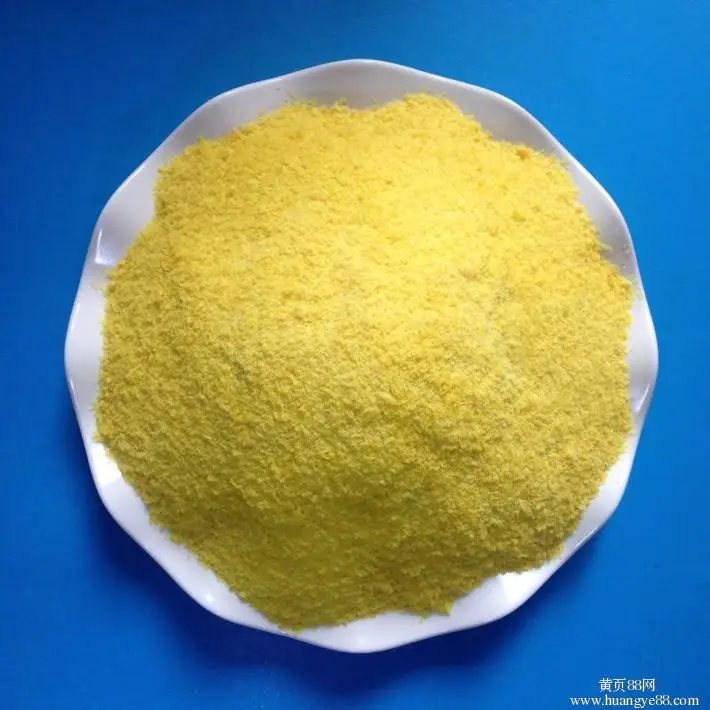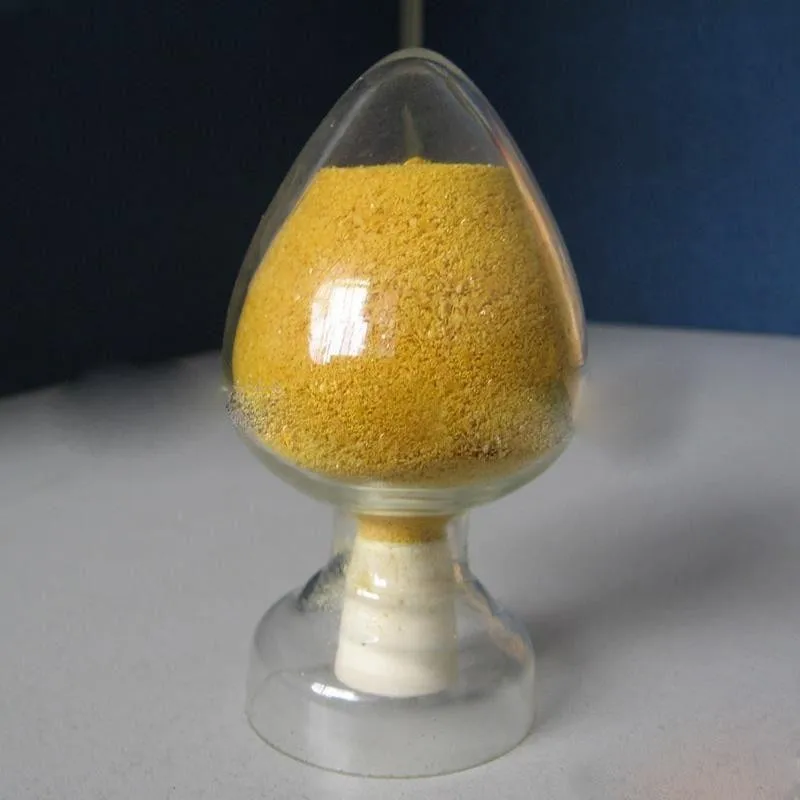Urea feeding and feeding
Urea feeding is a common practice in ruminant nutrition to enhance the protein content of low-protein forages. It is particularly useful when feeding silage made from corn or triticale, which typically have low crude protein levels. Adding urea to the silage can help improve its nutritional value. Generally, urea is added at 0.5% of the fresh weight of the silage materials, with a maximum of 1% being acceptable in some cases.
When feeding beef cattle, dairy cows, or bred cattle, urea can be mixed into the concentrate feed. The recommended amount of urea in the concentrate mix should not exceed 1%, as higher levels may reduce palatability and lead to lower feed intake. This method ensures that the animals receive a balanced source of nitrogen, which can be converted into microbial protein in the rumen.
Urea can also be blended with easily digestible fiber sources such as beet pulp, fruit residues, or sugarcane bagasse. This combination is beneficial for both cattle and sheep, as it helps improve the overall protein content of their diet while maintaining good digestion and nutrient absorption.
Another method involves spraying urea directly onto low-protein forages before grazing. This technique is often used in pastures where the grass lacks sufficient protein. However, this approach may result in greater wastage, as some of the urea may be lost through runoff or evaporation before the animals consume it.
In addition, urea can be formulated into liquid feeds by mixing it with molasses. This provides a concentrated source of nitrogen that can be easily consumed by the animals. Liquid urea feed is especially useful in situations where traditional solid feeds are not available or practical.
A more advanced method involves creating a molasses-urea compound mash block. These blocks contain molasses, urea, and essential minerals, and are designed for free-choice feeding by grazing cattle and sheep. The hardness of the block and its unique composition help regulate the rate at which urea is consumed, preventing overconsumption and reducing the risk of ammonia toxicity. This method also improves the efficiency of urea utilization by the animals.
Regarding the quantity of urea to be fed, it is generally recommended that ruminants receiving urea for more than six months should not exceed one-third of their total dietary nitrogen. This corresponds to about 1% of the dry matter or 2% to 3% of the concentrate mixture. In the U.S., it's commonly advised that the urea content in finishing beef cattle diets should not exceed 0.4% of the dry matter.
For breeding cattle and sheep older than six months, urea can supply up to 20% to 25% of their dietary protein. For fattening animals, this percentage can increase to 25% to 30%. However, it’s important to monitor the animals closely and adjust the urea levels based on their health and performance.
Pregnant and dairy cows are generally not recommended to receive urea supplements. This is because urea can increase plasma urea nitrogen levels, which may negatively affect reproductive performance. High concentrations of urea nitrogen can be toxic to sperm, eggs, and embryos, leading to reduced fertility rates. Additionally, elevated urea levels can alter the uterine environment, decrease prostaglandin synthesis, and lower progesterone levels, all of which can impair reproductive success.
Poly aluminium chloride (PAC) is a new type high efficiency inorganic polymer coagulant, adopting advanced manufacturing technique and quality raw material, show the features of low impurity, high molecula weight, and superior coagulating effect.
I. Poly Aluminium Chloride Properties
1. Its dosage lower than aluminum sulfate (based on Al2O3) and water treatment cost is lower than other inorganic flocculants.
2. The product can cause quick formation of flocs, big flocs formation and rapid precipitation. Its treatment capacity is 1.3-3.0 times of other inorganic flocculants.
3. It enjoys wide-range adaptability for different-temperature source water and a good solubility.
4. It is slightly corrosive and easy for operation.
5. The liquid product is suitable for automatic dosing. Furthermore, it will not block pipes over long-time usage.

II. Description
|
Product Name: |
Polyaluminium Chloride (Poly Aluminum Chloirde, Polyaluminum Chloride, Poly Aluminium Chloirde, Aluminum Polychride, PAC ) |
|
CAS#: |
1327-41-9 |
|
Appearance: |
White and yellow powder |
|
Description: |
Poly aluminium chloride (PAC) is a new type high efficiency inorganic polymer coagulant, adopting advanced manufacturing technique and quality raw material, show the features of low impurity, high molecula weight, and superior coagulating effect.
Different grades of Polyaluminum Chlorides (PAC). The highly charged Al in the products is optimized for best performance for the different basicities of PAC. The low to medium basicity products are effective coagulants for treatment of both drinking water and waste water. And the medium to high basicity products are excellent for all ranges of wastewater treatment. |
III. Poly Aluminium Chloride Application:
1. Its purifying effect on low-temperature, low-turbidity and heavily organic-polluted raw water is much better than other organic flocculant, furthermore, the treatment cost is lowered by 20%-80%.
2. It can lead to quick formation of flocculant (especially at low temperature) with big size and rapid precipitation service life of cellular filter of sedimentation basin.
3. It can adapt to a wide range of pH value (5−9), and can reduce the pH value and basicity after processing.
4. The dosage is smaller than that of other flocculants. It has wide adaptability to the waters at different temperatures and at different regions.
5. Higher basicity, lower corrosive, easy for operation, and long-term use of non-occlusion.

Poly Aluminium Chloride,PAC 30% Poly Aluminum Chloride,28% Oly Aluminium Chloride,Yellow Poly Aluminium Chloride
Shandong Tiancheng Chemical Co., Ltd. , https://www.tianchengchemical.com